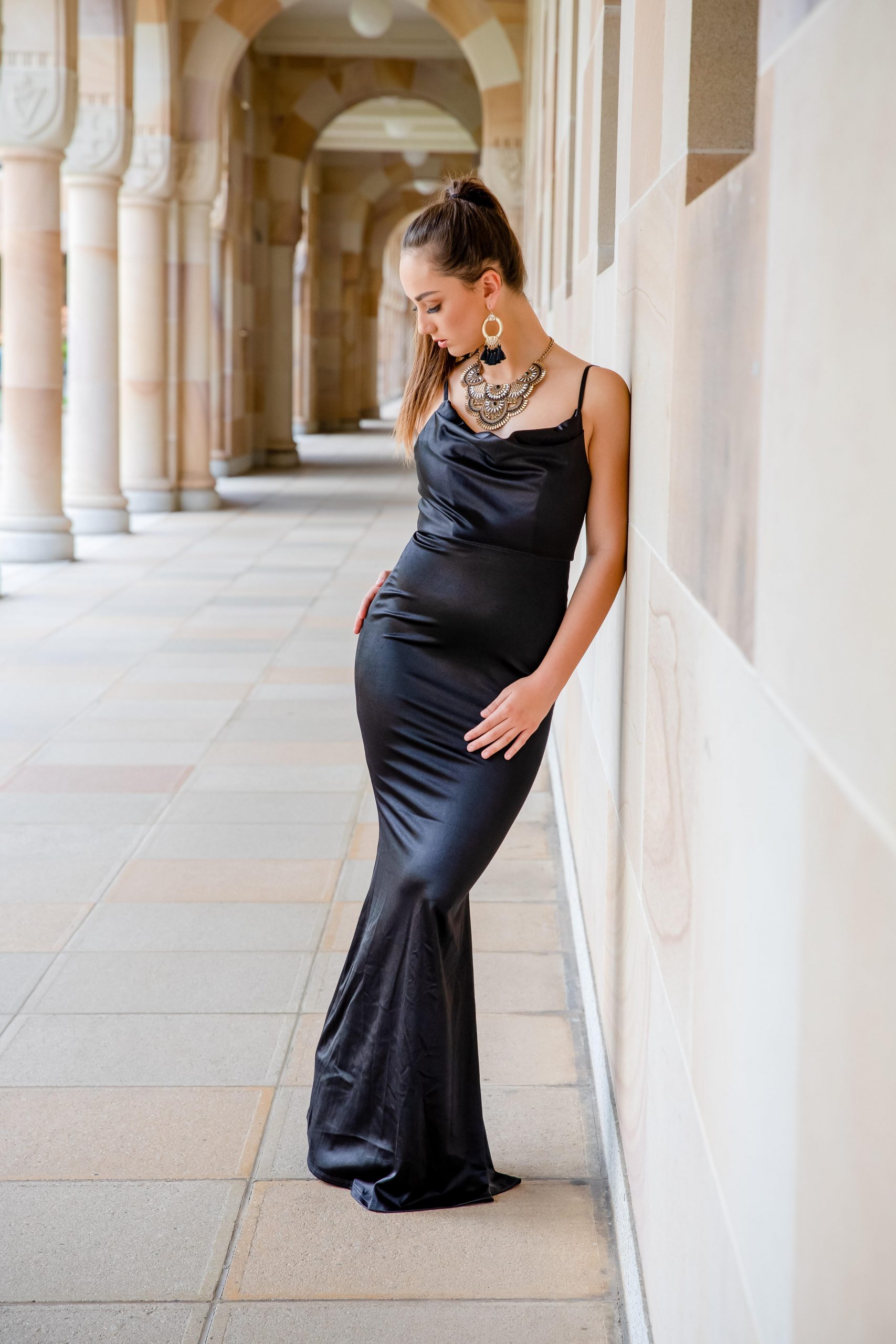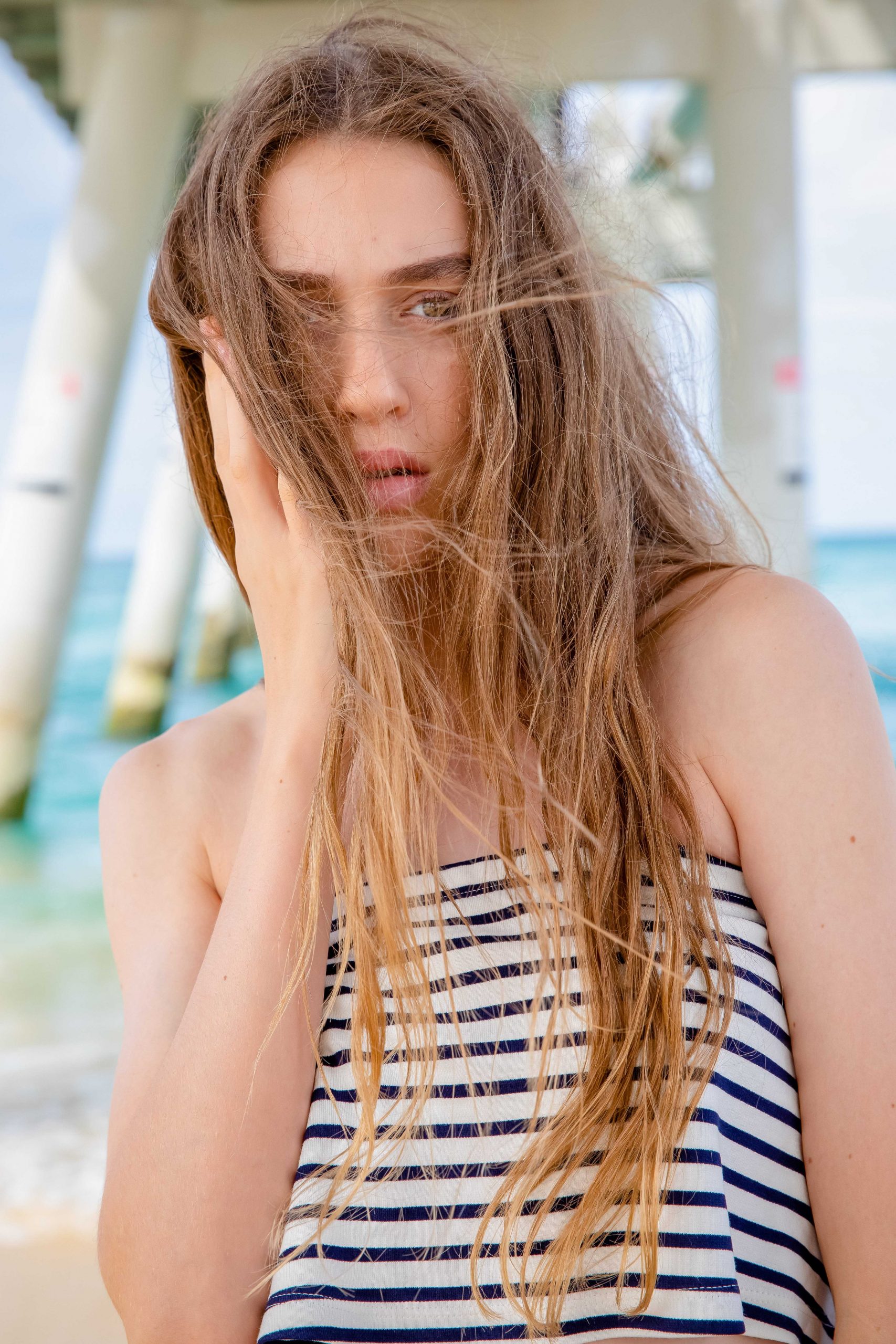The Beginner's Guide to Product Photography
If a picture is worth a thousand words, a magnificent product image deserves a thousand web site visits. Although I do not have information to back up that declaration (yet), product photography can be extremely valuable to your ecommerce site approach.
To reach your target audience members who like purchasing online, you also require to offer your target market clear, appealing images of your items.
But product photography isn't as straightforward as aiming and shooting. Even the most basic items need the proper devices, illumination, and room to produce stunning pictures that market shoppers right from the purchase web page.
6 Product Photography Tips ( and also Examples) for Taking Photo That Sell
Right here are the pointers, examples, and products you'll require to successfully photograph and market your items in a manner that makes your site visitors and potential customers want to convert.
1. Do not hesitate to use your smart device's camera.
This is the part where I'm expected to encourage you to purchase a premium, 50-megapixel (MP) electronic camera with a 100-millimeter screw-on lens. However I'm not mosting likely to do that.
If you currently have a cam that fits this description, make use of it. But also for numerous sorts of products, it's entirely appropriate to shoot product pictures on a smartphone.
Newer smartphones boast effective camera lenses and also setups that enable you to enhance your shots for the different types of light and also atmospheres you https://zenwriting.net/camercuron/why-product-photography-is-crucial-for-your-service might fire in.
If you require more convincing, simply take a look at Apple's Shot On An iPhone project and also the pictures that have actually resulted from it for many years such as this:
2. Fire from a tripod for photo consistency.
Before describing tripods, I'm bound to begin with a cardinal guideline: Do not prop your phone against something sturdy to aim your lens toward the subject.
It's just as well easy for this makeshift setup to glide around during the shoot and create incongruities in your images' look. If you relax your camera on, say, a stack of publications, simply make sure this arrangement does not change over the course of the shoot.

There's no injury in holding your video camera yourself when firing just a couple of product photos for your ecommerce web site. However as your company expands, as well as you take a lot more pictures of even more products, it can be difficult to systematize the product's alignment in each photo when shooting portable.
To make sure consistency across your products, you'll require a tripod. And also the good news is, acquiring one isn't always the huge, industrial-sized investment it made use of to be.
Right here are 2 kinds of tripods to consider.
Standard vs. Flexible
This is a tradition tripod-- there are traditional tripods available for both electronic cameras and also smartphones.
A versatile tripod can be controlled in a number of means. You can bend its legs and also put it on various surfaces to obtain the angle you require.
Mobile Grasp
There's often a screw on the top of your tripod which affixes to your video camera to hold it in position. The underside of most professional-grade electronic cameras Documentary Photographer has a screw opening just for this function, however smart devices can utilize the complying with adapter:
The adapter grips the sides of your smartphone as well as can screw right into either sort of tripod, allowing you to operate the camera regulates with the phone display facing exterior and also towards you.
As soon as you determine which mount you'll need, establish it up before your product, and think about putting 3 pieces of tape on the ground to mark where you 'd like to maintain each leg of your tripod over the course of the shoot.
3. Pick natural light or artificial light.

A single lighting setup might not work for every product-- a lights setup that helps some items could compromise the appearance of others.
There are 2 kinds of light you can pick as your main light: natural and also man-made light.
All-natural Light
All-natural light describes sunshine-- basic as that. It's additionally known as "soft light" since the sun casts a larger, softer range of light than, say, a light beaming straight on the product. Ecommerce product shots flourish in natural light if:
The product is shot outside or indicated to be used outside.
The product is used by, worn on, or shot with a individual (people often tend to look better in all-natural light).You're attempting to highlight the product's surroundings, rather than certain attributes of the product.
Right here's an instance of a shot utilizing natural light:
Artificial Light
Artificial light includes candle lights, fire, and also much more frequently, light bulbs. It's likewise referred to as "hard light" because it generates a smaller sized but more concentrated light surface area. This sort of light satisfies items with physical information that need to be highlighted to excite an on the internet shopper.
As a basic guideline, adhere to just one type of light per photo-- natural or man-made. Including all-natural light to an artificially lit photo can soften a product that's suggested to festinate, and also including synthetic light to a normally lit photo can develop a product that's meant to look soft. You do not want to enter your own way.
4. Fill up or jump your light to soften darkness.
Whether you make use of natural light or man-made light, you'll need to reduce the shadows that any prospective tough light casts on the contrary end of a product.
There are three means to do this:
Load Light
Consist of an additional, less-intense light to supplement your major light. This added light is called your fill light and is used as a counterbalance to soften the all-natural shadow your main light generates behind an item.
To do this, put your fill light opposite your primary light so your product sits between both light sources.

Flashbulb Bounce Card
A bounce card, or reflector card, is a little card that " mirrors" or "bounces" the main light back onto the surface area under your product to lower shadows.
Some bounce cards affix to the flashbulb of a professional cam lens to diffuse the light from the camera's flash. This card sprays a softer light onto the topic from over your collection-- rather than directly at it-- so you do not have long darkness trail behind the item you're firing.
Standalone Bounce Card
If you're shooting from a mobile phone, a flashbulb bounce card isn't an option, since you don't have a physical flash you can connect it to. Rather, make your own standalone bounce card placed opposite your main light.
For newbies to product photography, this bounce card can successfully change your fill light, which counters the difficult light from the camera flash or lamp that's encountering towards the front of your product.
5. Use a sweep or portrait mode to highlight the product.
There isn't one right means to position your product, lights, as well as bounce cards-- they can alter drastically relying on your background. However don't choose a background based upon what's easiest to produce. Backgrounds need to resemble how you desire your customers to perceive your product when seeing it online.
Think about first whether you would certainly such as a white history or a much more vibrant, real-world history. There's an very easy way to achieve each one.
White Background: Sweep
For white backgrounds, it's not as simple as setting up a table against white drywall. Even smartphone cameras can grab little blemishes on a white wall surface that you wouldn't notice with the nude eye. To capture a best white history with no edges or imperfections, utilize a move.
A sweep is a large flexible sheet of paper, whose bottom acts as the surface area below your product and after that contours up into a white wall surface behind the product.
On cam, the move's curve is unnoticeable, stressing key product details and allowing the item to own every one of a web site site visitor's focus.
Real-World Background: Picture Setting
Dynamic, real-world backgrounds are really enticing when shooting products that have a particular usage or are being designed by a person-- as you saw in the picture of the briefcase previously in this guide.
Yet, it's very easy for a real-world history to take the emphasis of the photo, making it unclear which item in the photo you're actually offering.
Provide your product depth as well as emphasis with picture setting, a photo setting on a lot of professional video cameras, as well as likewise available on lots of brand-new smartphones. This setting obscures the background so the context of the product is clear but not completing versus the product itself.
Below is a extremely awesome photo of a HubSpot pen absorbed picture mode on a Google Pixel 2 (I took this photo myself). You can tell the pen sits on a workdesk with a computer behind it, but the pen is still the centerpiece for visitors:
6. Fire a selection of images.
My last ecommerce photography idea to you is to not quit at one photo per product. Just as your clients look, hold, make use of, as well as also try out product in a shop, your site ought to shoot a selection of pictures to imitate this extremely experience.
If you're firing clothing, as an example, capture the garment of apparel alone-- that is, spread out on a white surface area-- as well as on a mannequin whose shade contrasts the shade of the product.
After that, for additional pictures, have the apparel modeled on a person, allowing you to take pictures of the product from the individual's various poses and angles.
Product Photography Set Up
Next off, let's summarize what we simply received-- right here's a checklist of fast product photography set up ideas that you can describe and also share on your team:
• Decide on a camera-- whether that indicates using your smartphone.
• Obtain a tripod that works for your cam of option.• Pick all-natural or synthetic illumination-- consider which choice is best for your product and also setting.
• Determine whether you'll fill up or jump light.• Select move or picture setting.
• Take numerous different photos to supply your customers selection.
Begin With Your Product Photography
Don't really feel required to invest in every tip and tool at the same time. Apply these product photography tips gradually to see what makes your store look one of the most nice, and also transform your approach as your photography chops get better.